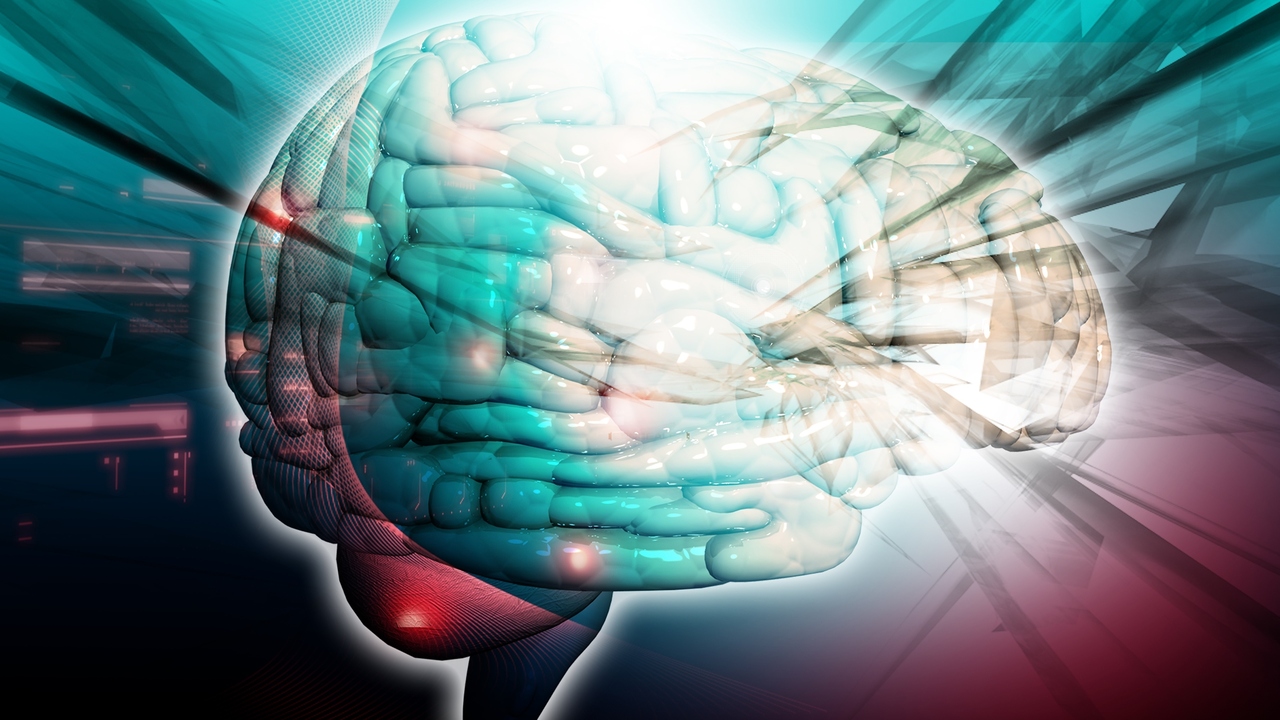A stroke can be devastating for the patient. Caused by either a blood clot (ischemic stroke) or a ruptured blood vessel (hemorrhagic stroke), a stroke disrupts the blood flow to the brain, according to the National Institutes of Health (NIH). Without enough oxygen, which is carried by the blood, brain cells die. The stroke can start as a severe headache, which gets worse when changing positions; the headache can also awake the patient, and occur when she is lying down. Other symptoms of a stroke include tingling, muscle weakness, personality changes, eyesight problems, sensation changes and unconsciousness.
The prognosis depends on treatment: the faster the patient receives medical attention, the less brain damage she experiences. Some of the possible injury to the brain can severely limit the patient's ability. The Mayo Clinic notes that complications of a stroke include paralysis, problems swallowing or talking, pain and memory loss. The NIH adds that the patient may breathe food into her airway, a condition called aspiration. Other complications include decreased life span, loss of brain function, malnutrition, fractures from falling during the stroke and problems taking care of self.
When a stroke patient is admitted to the hospital, she will be administered medications, like blood thinners or high blood pressure medications, or undergo surgery, depending on her type of stroke. After immediate treatment, the patient may start different therapies, like occupational therapy, physical therapy and speech therapy, to help her regain lost functions. CNN reports that a new therapy, singing therapy, can help the one-third of stroke patients who have severe aphasia. Aphasia is a language disorder, caused by damage to the left hemisphere. If a patient has Broca's aphasia, located in the frontal lobe, she cannot form language; if the patient has Wernicke's aphasia, located in the temporal lobe, she cannot understand language.
CNN notes that with one type of singing therapy, “Melodic Intonation Therapy, involves singing tones with the patient repeat words and phrases to the sounds of those tones.” The singing therapy activates the right hemisphere of the brain, which controls music, thus compensating for the deficits on the left hemisphere. Each therapy session is 1 ½ hours, as is done for 14 to 16 weeks, though better results are seen with a longer treatment. The researchers behind this therapy are also looking into doing musical therapy with autism patients, who have language problems.
----------------------------------------------------------------------------------------------------------------------------
Elizabeth Stannard Gromisch received her bachelor’s of science degree in neuroscience from Trinity College in Hartford, CT in May 2009. She is the Hartford Women's Health Examiner and she writes about abuse on Suite 101.






Add a CommentComments
There are no comments yet. Be the first one and get the conversation started!